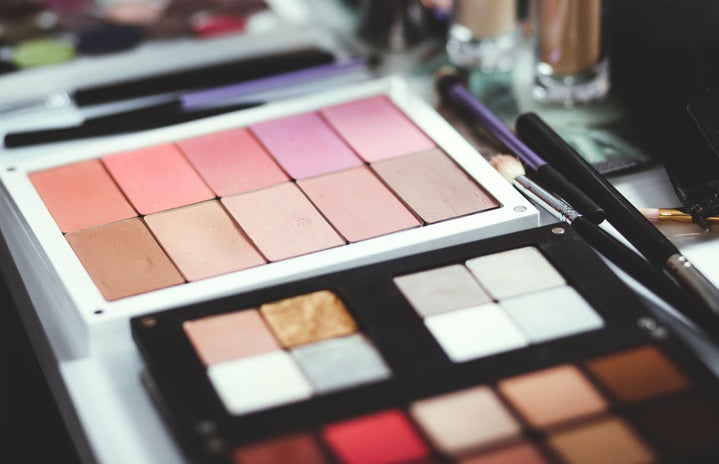When you pick a lipstick off the shelf, what’s the first thing you read on the packaging? The brand name? The product claims? Do you dare to check for the most important part — the ingredients list? It can be intimidating to read the ingredients in any cosmetic product, especially with all of the different names that are hard to pronounce. But it’s crucial to know the ingredients of any cosmetic product because they tell you what you are actually buying. Often consumers buy cosmetic products that contain toxic and dangerous ingredients, which provide more harm than they do good. While many countries have regulations and laws surrounding banned ingredients, they are not as developed as you’d expect them to be.
The list of ingredients to avoid in your makeup and skincare is continuously growing. While you don’t have to keep away from every ingredient mentioned, a good place to start is learning the most common and dangerous ones to avoid. The Chemicals of Concern provided by safecosmetics.org is a quick and easy guide containing some of the top ingredients you should be avoiding in your makeup and skincare. Here are their top ingredients to avoid:
- Talc
-
Common in powdered makeup products such as eyeshadow and face powder. They are also super common in personal care and baby products. Some talc may include asbestos, a known carcinogen, which can lead to irritation, cancer and organ system toxicity.
- Carbon Black
-
A dark black powder used as a pigment in makeup such as eyeliner, mascara and lipstick. Carbon Black comes from materials like coal tar and poses a danger for people. Its listed health concerns are cancer and organ system toxicity.
- Fragrance
-
A commonly listed ingredient is “fragrance” or “perfume” in many skincare ingredients. Very few products disclose the specific ingredients that are included in their fragrance. The health concerns from fragrances vary from cancer and reproductive toxicity to allergies and sensitivities.
- Formaldehyde releasing preservatives
-
These ingredients may prolong the shelf life of your products but they also pose major risks. Skin irritation and cancer are the main health concern for these preservatives. On ingredient lists, you can recognize them with labels like “quaternium-15” and “DMDM hydantoin.”
- Parabens
-
Methylparaben, ethylparaben, propylparaben, and butylparaben are all found in makeup in skincare products as preservatives. Like formaldehyde, these ingredients act as preservatives, posing health concerns for their potential to disrupt hormones in the body and cause cancer, developmental and reproductive toxicity, and more.
The only way to guarantee a product does not contain toxic ingredients is to read their ingredient list and familiarize yourself with the dangerous ingredients to look out for. Thankfully, there are many websites to use that rate the safety of any ingredient you may be curious about and some even review product safety. EWG’s Skin Deep provides countless guides to ingredient safety for all types of cosmetics. You can filter your search, read their articles and learn their top tips for product safety. For a quicker product search, CosDNA breaks down entire ingredient lists, making it easy to understand what a product is made of and if you should avoid it.
Unfortunately, this is only the tip of the iceberg for dangerous ingredients that we use every day. This list is not meant to scare you or push you to discard your entire makeup drawer and skincare cabinet. However, these are some key ingredients to look out for in the products you already own and as you make new purchases.


